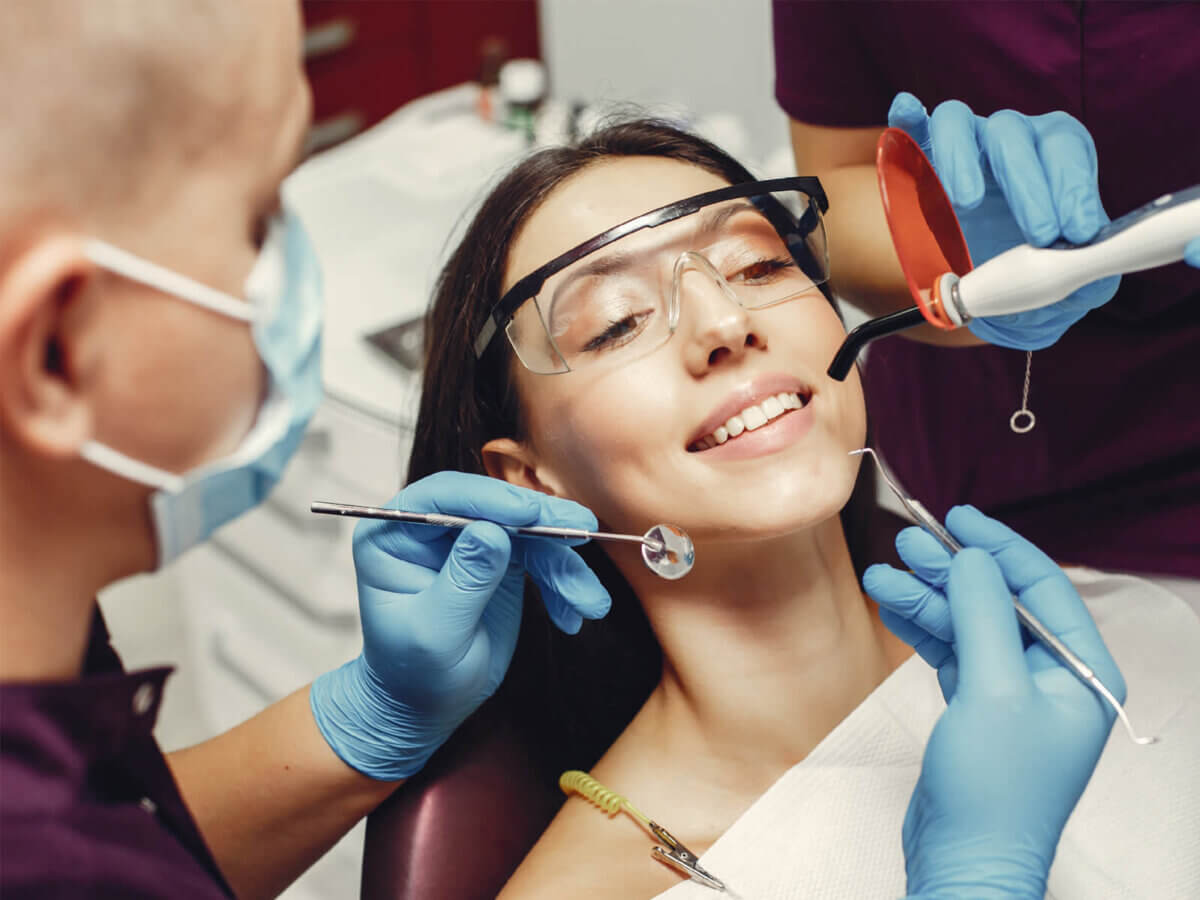Blog
Dental hygiene tips for healthy teeth & gums

What Is The Best Age To Start Orthodontic Treatment?
Orthodontic treatment is crucial for achieving a straight, healthy smile. Many people wonder about the best age to begin orthodontic treatment. In this detailed guide, we’ll explore the factors influencing early orthodontic treatment and review the options available for different age groups.
Factors Influencing Orthodontic Treatment Timing:
The timing of orthodontic therapy is determined by various biological, dental, and individual factors. Key considerations include:
- Dental Development: The stage of dental development is a critical factor. While orthodontic issues can be addressed at any age, certain treatments are more effective at specific stages of oral development.
- Nature and Severity of the Problem: The type and severity of the orthodontic issue also influence when treatment should begin. Some issues are better addressed early, while others can wait until adolescence or adulthood.
- Individual Needs and Concerns: Each person’s unique orthodontic needs vary. Factors such as oral health, facial structure, and personal considerations play a role in determining the best time for treatment.
Options for Different Age Groups:
Early Orthodontic Treatment (Age 7-10):
- Purpose: Also known as Phase I or interceptive treatment, it typically starts between ages seven and ten.
- Focus: Addresses specific issues like severe crowding, crossbites, or skeletal anomalies while the child has a mix of primary and permanent teeth.
- Benefits: Early intervention can guide jaw growth, create space for permanent teeth, and address specific issues more effectively than if treated later.
Adolescent Orthodontic Treatment (Age 11-17):
- Goal: Commonly the time for comprehensive orthodontic treatment, including braces or aligners.
- Focus: Addresses typical issues like misaligned teeth, bite disorders, and aesthetic concerns.
- Advantages: Most permanent teeth have emerged, providing a complete set for treatment. Puberty growth spurts can be utilized for more effective correction.
Adult Orthodontic Treatment (Ages 18 and Up):
- Purpose: Orthodontic treatment isn’t limited to children; many adults seek correction for cosmetic and functional reasons.
- Focus: Addresses various issues, including misalignments, crowding, and bite problems.
- Advantages: Advances in technology, like clear aligners, make treatment more accessible and discreet for adults. Improves oral health and smile aesthetics.
When to Seek Orthodontic Evaluation:
The age for starting treatment varies, but signs that may indicate the need for an orthodontic evaluation include:
- Early or late loss of baby teeth.
- Difficulty chewing or biting.
- Mouth breathing.
- Prolonged thumb-sucking or pacifier use after age five.
- Crowded, misaligned, or protruding teeth.
- Uneven jaw or visible jaw movements when opening or closing the mouth.
Conclusion: The Appropriate Age for Orthodontic Treatment:
The optimal age for orthodontic treatment is determined collaboratively by the individual, their parents (for younger children), and the orthodontic team. Early examinations allow orthodontists to assess dental development, identify potential issues, and develop a personalized treatment plan.
